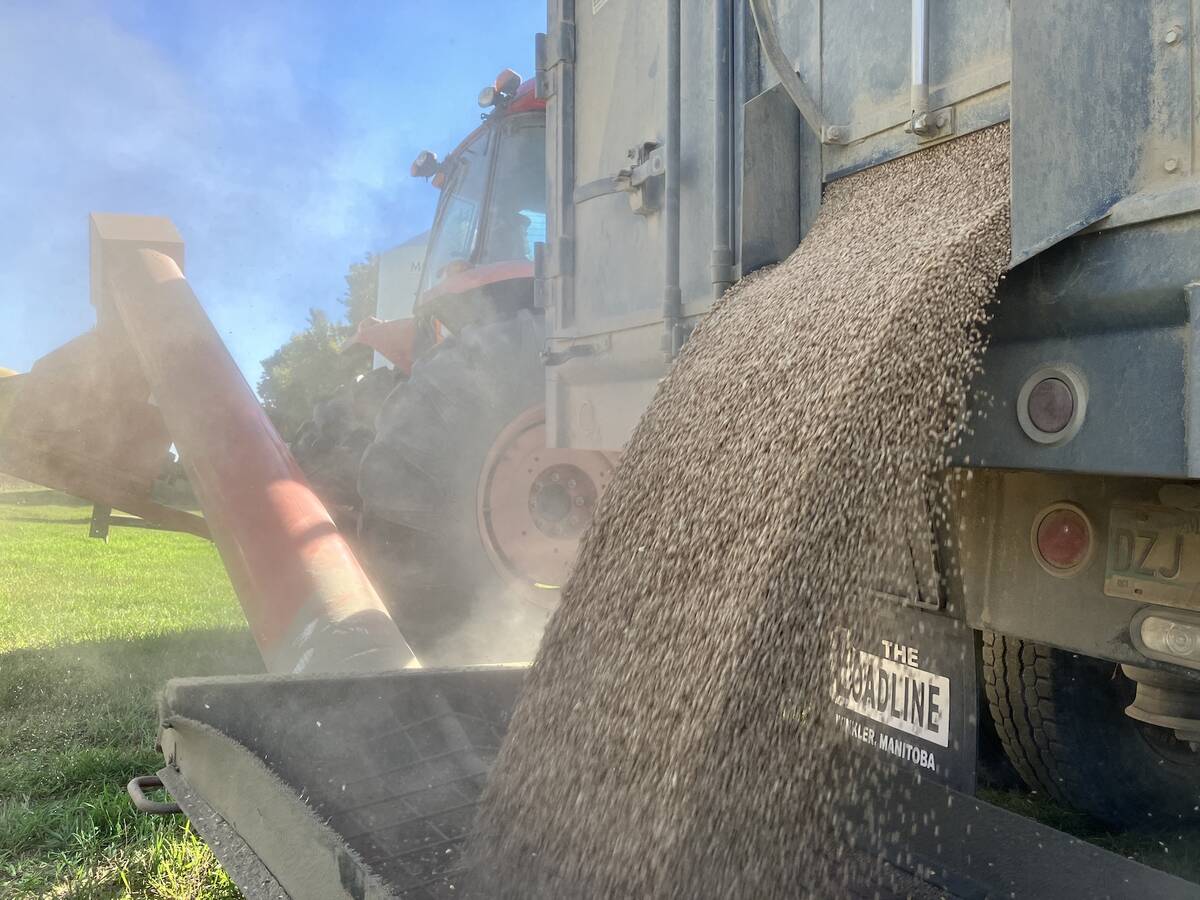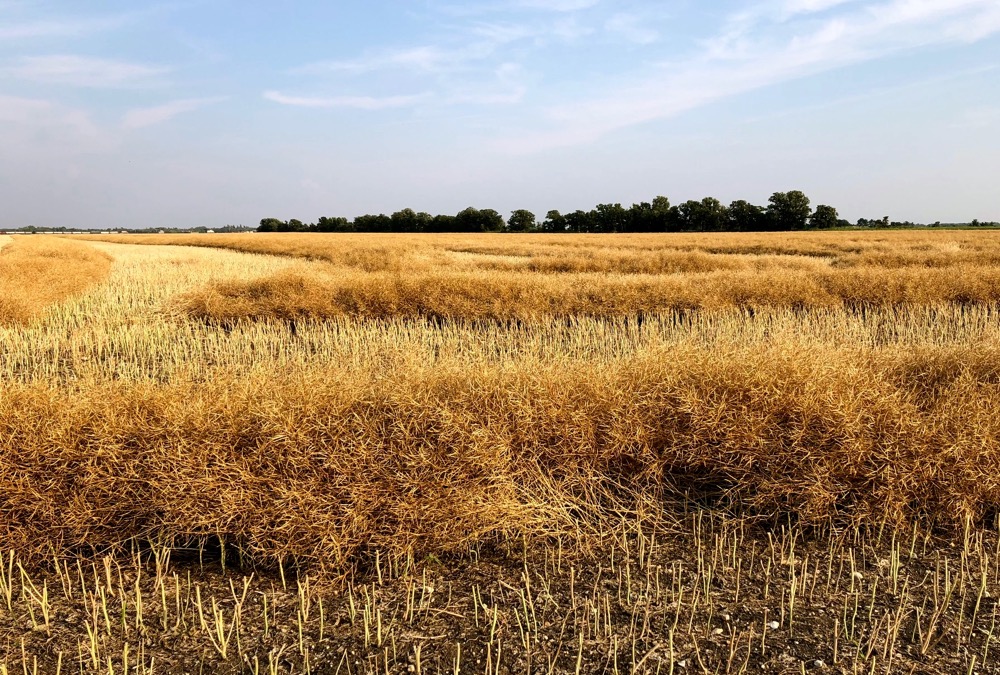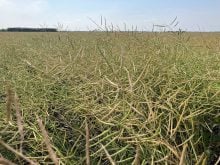An early winter storm on the western Prairies and persistent cool and wet conditions to the east put the brakes on harvest operations during the first few days of October, with canola futures finding some support on the back of adverse weather.
After holding within a sideways trading range for the past three months, the storm that brought up to two feet of snow or more to parts of Alberta finally provided the catalyst for a short-covering rally in the market.
The Manitoba canola harvest was furthest along, with about 31 per cent remaining as of Oct. 1, according to the provincial report. However, Saskatchewan farmers still had three-quarters of their canola crop to harvest as of Sept. 30, while the Alberta harvest was similarly delayed.
Read Also

Riding market swings can add farm profit
Regular price trends in the grain market can help farmers pinpoint how and when to sell their grain with more confidence, analyst says
Hedge selling backed away from the futures market as farmers are uncertain when they’ll be able to get back on their fields, if at all. Meanwhile, speculators who had been sitting on large net short positions are finally buying those bearish bets back, and some chart stops were hit on the way up.
The November canola contract had held rangebound over the summer months with upside resistance firmly in the $450-per-tonne area. That longtime upside chart target was breached during the week as the November futures moved above $460, and may turn to psychological support.
However, the poor Prairie harvest weather is only one factor among many pulling on the canola market and any sustained upward move will depend on what happens in the Chicago Board of Trade soy complex.
Soyoil and soybean futures were also stronger during the week, but canola outpaced soybeans to the upside and could be due for a readjustment in the spread between the two commodities.
Also, while the late harvest encouraged speculative short covering and discouraged farmer sales, end-users are not looking worried about tight supplies just yet. The old-crop carry-over was large and Canada continues to face challenges making sales to China.
In the United States, a much-anticipated quarterly stocks report from the U.S. Department of Agriculture lent corn and beans some support, as stocks of the two commodities as of Sept. 1 came in below market expectations. However, the initial price boost was short lived as supplies remain large overall.
Minneapolis spring wheat futures were underpinned by the Canadian weather concerns, with northern U.S. spring wheat-growing regions also dealing with snow and cold temperatures in some cases. Quality and protein levels of the North American spring wheat crop will likely be downgraded, which should lead to wider price spreads in the cash market going forward.
The Canadian dollar briefly traded below the 75-U.S.-cent level during the week, but held relatively steady overall despite wider swings in the global equity markets.















